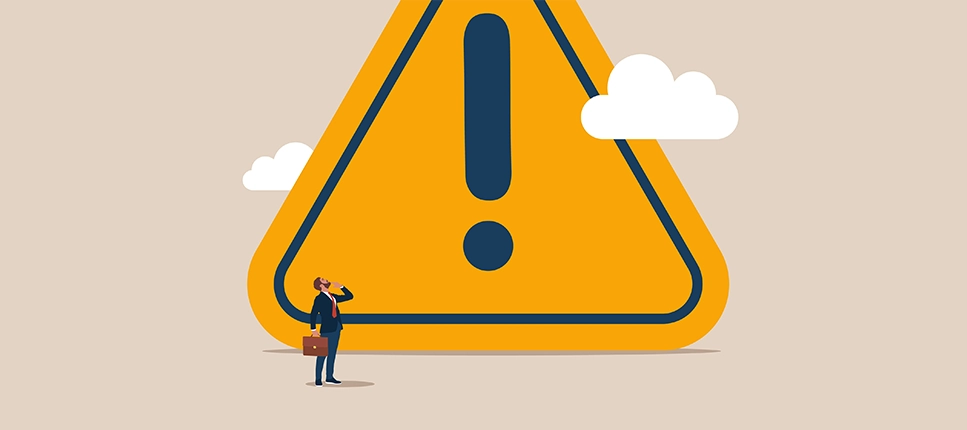The short answer: unfortunately, not as good as we think we are…
Over the past few years, some research has helped us to better discern between reality and myth regarding our ability to multitask. Here are the most enlightening ones.
Attentional blink
In 2005, Sergeant, Baillet and Dehaene unveiled the cerebral mechanisms involved in attentional blinking, a phenomenon — comparable to the blink of an eye — of temporary, unconscious and repetitive interruption of our attention. This attentional blink means that when our attention shifts quickly from one task to another, we are more likely to ignore information than when we are focused on a single task. These researchers have calculated that at least 0.25 seconds are required for the brain to record and manipulate the sensory information needed to complete each task.
The term “attentional flexibility” is used to refer to the ability to easily engage, disengage and then re-engage attention, especially between tasks. A person may suffer from an attention problem at one or more of these three different levels of engagement.
Double-tasking observed in neuroimaging
After observing by neuroimaging the brain activity of some thirty volunteer participants engaged in multitasking activity, Inserm researchers Sylvain Charron and Étienne Koechlin (2010) concluded that the brain was not able to effectively perform more than two tasks at the same time. This is because they found that when the brain is working on one task, both frontal lobes are activated, but when a second task comes into play, it divides the work so that each lobe processes one of the two tasks independently. Since in this cerebral system a task translates into a goal — involving the mechanisms of motivation and reward — the brain can, therefore, pursue two competing goals at the same time, but no more. Moreover, trying to accomplish more than one task would be more energy-intensive for the brain, according to Earl Miller, a specialist in divided attention at MIT.
In Charron and Koechlin’s experiment, participants who had to complete a third task missed one repeatedly and made three times as many mistakes as juggling two tasks. According to the researchers, this could not only explain why it would be easier for us to make a good choice when we only have two options but also shed light on the fact that we make irrational decisions when we are faced with more than two choices…
Possible third task
The insights provided by Charron and Koechlin’s study, however, are only partial, according to neuroscientist Scott Huettel of Duke University, who nevertheless acknowledges its contribution, even though we know little about how the hemispheres of the brain organize themselves. Huettel says it is conceivable that more than two tasks could be processed simultaneously, but that would depend on the nature of the tasks, as he explains in an interview: “[Charron and Koechlin’s experiment] shows that there are conditions in which you can’t add a third task, but it depends on the type of task and whether it draws on other parts of the brain. For example, people are remarkably good at eating while doing other things,” he says, “because the practiced motor skills involved in eating don’t overlap too heavily with those that interpret visual cues, control language, or run other complex processes.”
More solicitation, more mistakes
A study conducted among emergency physicians (Skaugset and al., 2016), professionals who must make rapid task changes in an environment where interruptions are frequent, concluded that unless tasks have become fully automated by the brain, the more the brain is solicited, the greater the risk of errors. It is true that with regular practice, a task becomes “automated” and thus requires much less attention to complete (Ait Khelifa-Gallois, 2014; Raz and Buhle, 2006).
As a side note to the study by Skaugset and colleagues, we can mention that the brain needs 25 minutes to refocus on a task following a distraction, whereas the average workers would have at their disposal only 11 minutes between each interruption (Mark and al., 2008).





